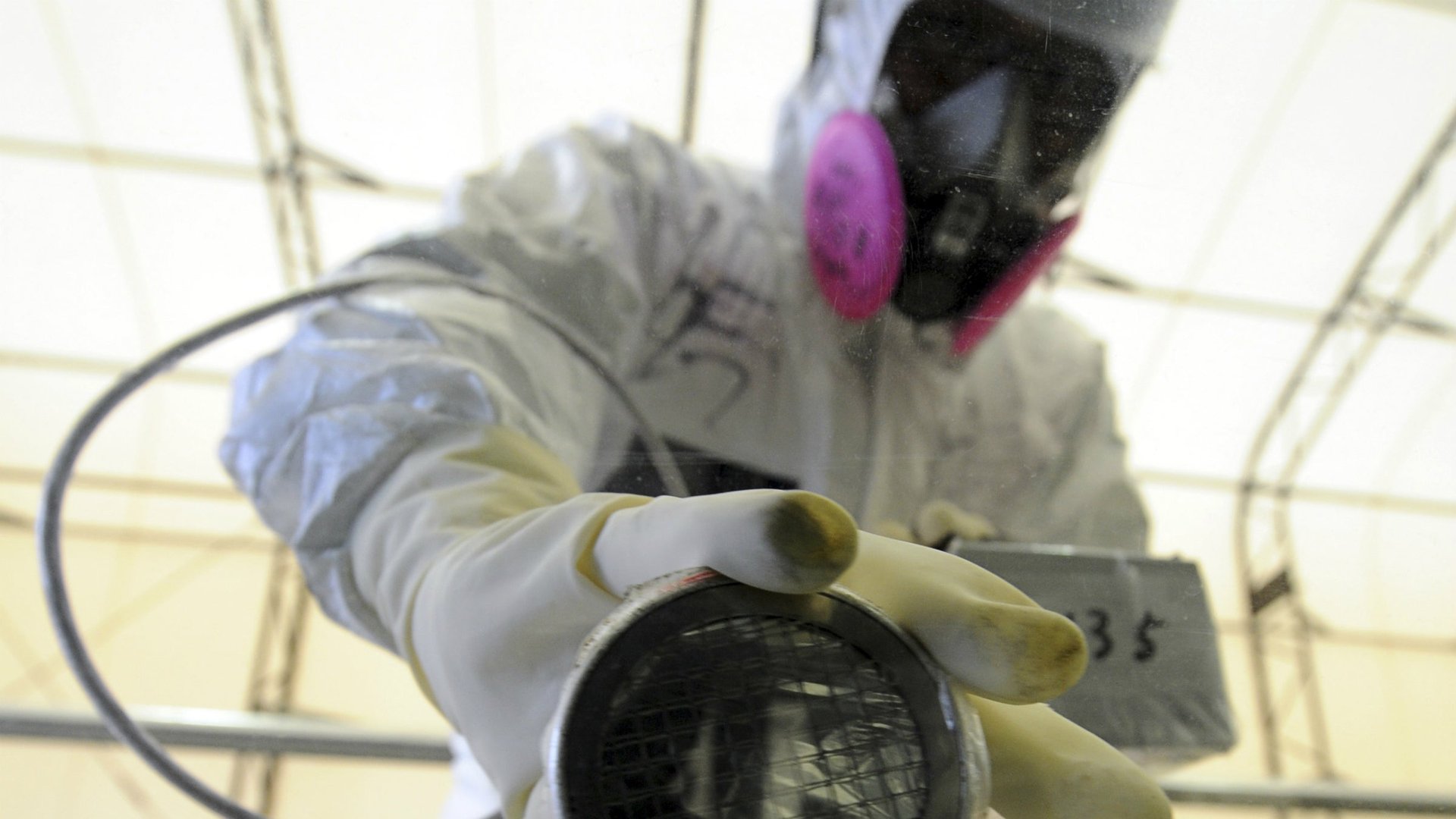Two years after the tsunami, Fukushima is still leaking radiation and Tepco is still clueless
Radioactive water has been steadily leaking into the sea around the damaged Fukushima Daiichi nuclear power plant ever since it was hit by an earthquake and tsunami in March 2011, Japan’s nuclear watchdog announced on Wednesday. Plant operator Tokyo Electric Power Co, widely reviled for its inept response to the disaster, had long insisted that no leakage was taking place; in recent days it has backtracked to saying that it is “not sure” if there’s a leak.


Radioactive water has been steadily leaking into the sea around the damaged Fukushima Daiichi nuclear power plant ever since it was hit by an earthquake and tsunami in March 2011, Japan’s nuclear watchdog announced on Wednesday. Plant operator Tokyo Electric Power Co, widely reviled for its inept response to the disaster, had long insisted that no leakage was taking place; in recent days it has backtracked to saying that it is “not sure” if there’s a leak.
The levels of cesium detected by the nuclear regulator are high enough to cause significantly increased rates of cancer, but are not an immediate threat to public health because they are in a remote location.
Tepco has been pumping water into three reactors for the past two years in an attempt to cool them, creating enough radioactive water to fill an Olympic-sized swimming pool every week. Now it seems that at least some of that contaminated water has also been flowing into the sea.
Tepco’s record in the Fukushima disaster has not been good, from its inadequate risk assessments, which left the plant vulnerable to 2011’s tsunami, to ordering the plant’s manager not to pump seawater into the overheating reactors during the initial crisis. That manager, Masao Yoshida, seen as a hero for disobeying Tepco’s order, died from cancer on Tuesday.
The company has taken responsibility for its mistakes … eventually. In October, some 18 months after the meltdown, it published a reform plan (pdf) with a long list of its shortcomings, including an “insufficient decision-making framework,” a focus on its image over crisis management, a lack of adequately qualified engineers, poor information sharing, exhaustion and confusion. The list goes on.
But even as it atoned for past mistakes, it refused to admit that radioactive water might be leaking into the sea—which is more than a little mystifying. The New York Times notes that a study released earlier this year concluded that it was highly likely the plant was leaking into the ocean—and the study used Tepco’s own readings of seawater radiation levels.
No thanks to Tepco’s ongoing failures, the Fukushima disaster is nowhere near over. Decommissioning the plant is expected to take anywhere between 20 and 30 years, and ground water that is already contaminated could take centuries to reach the sea. The most pressing problem aside from stopping the leaks is that storage space for the irradiated water is running out—the Wall Street Journal reports (paywall) that 310,000 of the 350,000 tons of storage space at the site are now occupied, and at least one tank has been leaking. Neither Tepco nor the Japanese government have a long-term solution to the problem.